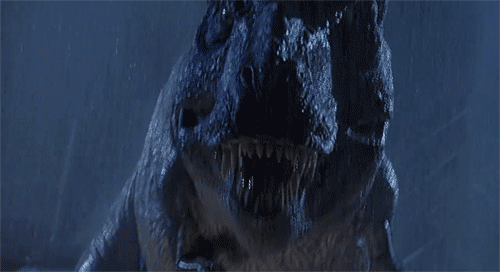But we are here to talk about sound, and we shall we great satisfaction. The Tarzan Yell, you know the one, has been used in countless movies has a lot of controversy around it. More over, it's not the first bellow that was heard from Tarzan. In 1929, in the film Tarzan the Tiger was the first yell of Tarzan portrayed by Frank Merrill. This cry is not the resounding bellow that we all know and emulate whenever we swing on objects, but more closely resembles the drunken chanting of a fraternity pledge. Luckily, in 1932 Tarzan the Ape Man was released and brought forth the iconic yell. The controversy around the yell is about it's inception, and whether Weissmuller recorded it as is, or the studio MGM layered Weissmuller's track with a second track of Weissmuller's voice (amplified), a backwards track of a hyena howl, a female soprano holding a note, a growling dog, a camel bleat, and a violin G-string.
Regardless of how precisely this track of American Cinema was made, it rings on in our society's collective memory. But this is not the only scream that we all know and love. Since 1993, Jurassic Park brought us the memorable Tyrannosaurus Rex roar that made the fake dinosaur come to life with the help of a slowed down baby elephant trumpet, an alligator's gurgling, and a tiger's snarl.
Finally, an iconic bellow that rings through cinema history is from a childhood cartoon character that many of us grew up with.
The "Goofy Holler" was coined back in 1941 for the Disney short The Art Of Skiing. Hannes Schroll, an Austrian Alpine Skier, coined the iconic cartoon's yell back in 1941 for the specific cartoon short. People who saw the short fall in love with the "Goofy Holler" and it is now a staple requirement of the character.
What all of this comes back to is that sound doesn't just have to be music to be memorable and give people joy. Be it a much beloved track blared over a boombox at a picnic, or a spine tingling laugh that fills us with apprehension and exhilaration in the movies, the creation of these different sounds and yells and moans make up most of our understanding of pop culture. Between sight and sound, more people will try to mimic how something sounded in a song or on a show, than how it looked.




No comments:
Post a Comment